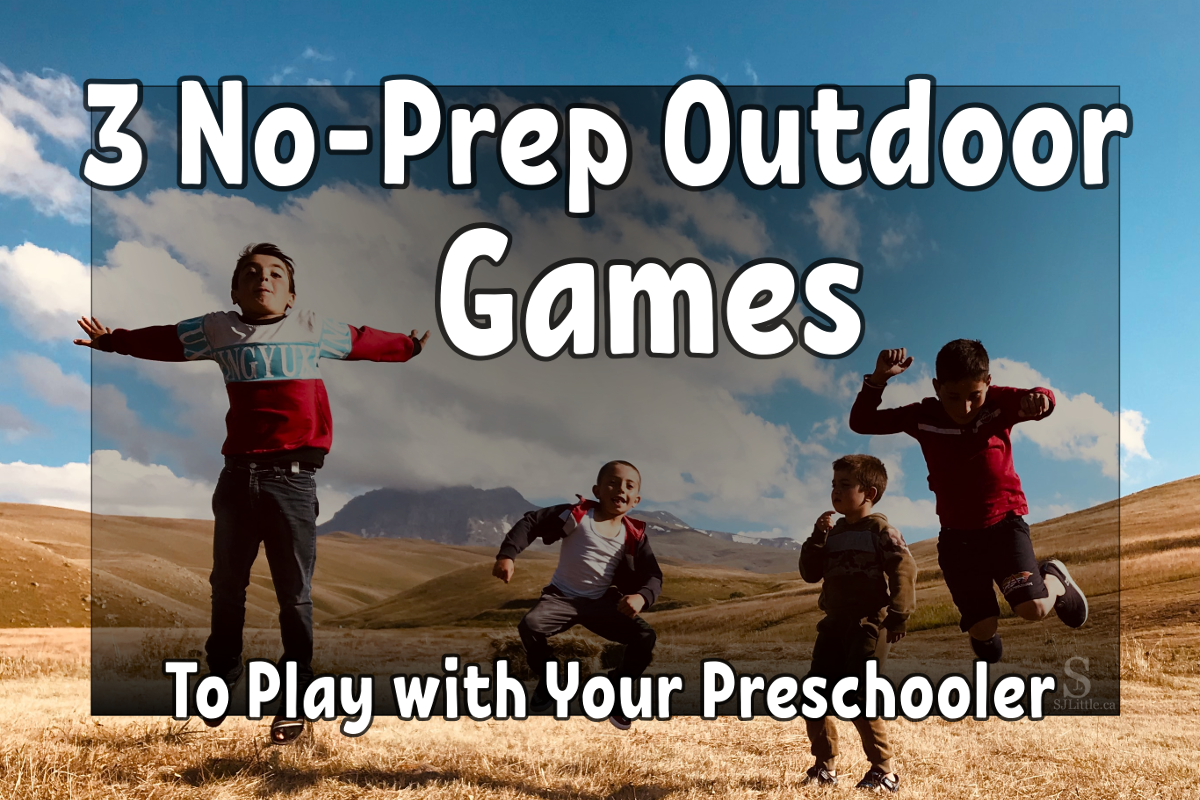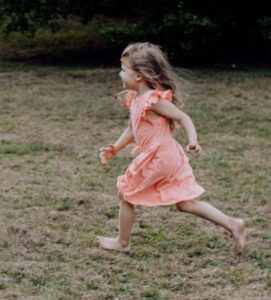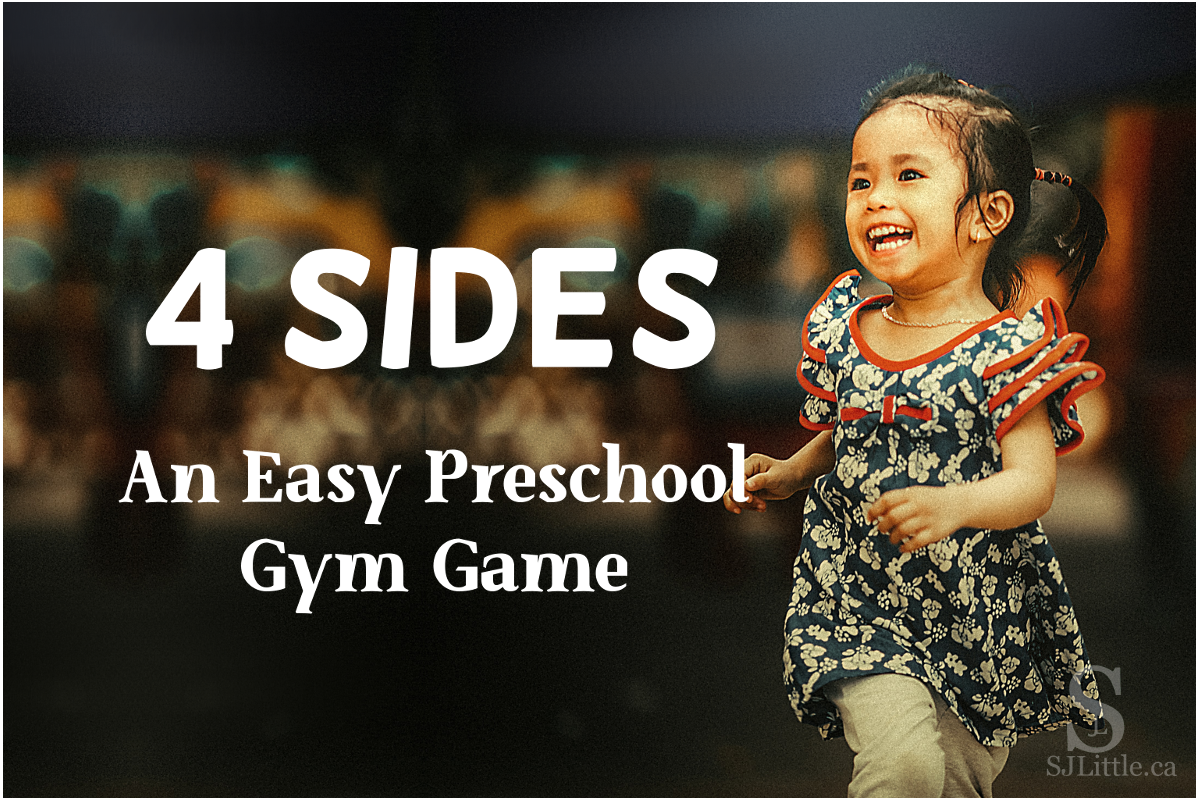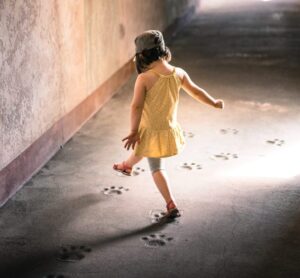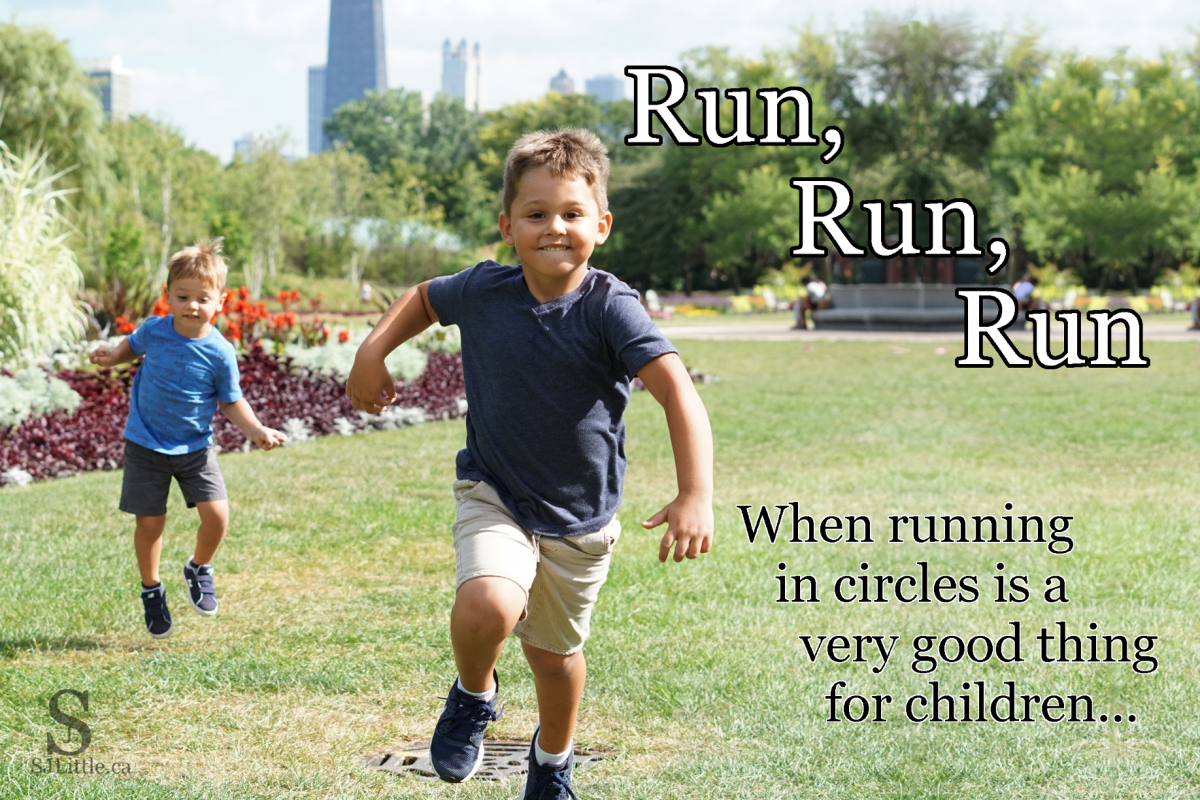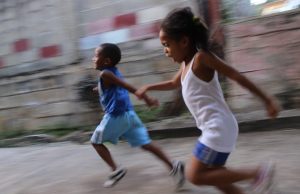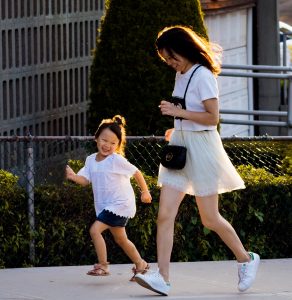
Add A Little – 2 Year Old Curriculum – Unit 2.5
Squish
Developmental Focus: Colour Mixing / Secondary Colours
Want to learn more? Check out the Add A Little 2Y Parent / Teacher Guide
Disclaimer: All activities require adult supervision and discretion. Read more…
Muscle Moving
Stomp That Colour
Supplies:
- 3 blank sheets of paper that are the secondary colours – green, orange, and purple. (You can add more colours later if desired.)
- Tape that won’t damage your flooring
Prep:
- Clear an area for active running-around play.
- Place a piece of paper on your floor and step on it to check for slipperiness. If it is slippery, tape each paper to the floor.
- Place all three sheets of paper on the floor with some distance between them.
Time to Play:
- Invite your child to play a game with you.
- Run around the area with your child.
- Call out a colour, for example, “Green!” Run with your child to the green paper and stomp on it.
- Repeat the game calling out other colours.
Brain Boosting
Sponge Painting
Supplies:
- 2 small containers (washed plastic applesauce or cream cheese containers work well)
- Paper
- 1 unused dishwashing sponge
- 1 paint smock, or old shirt you don’t mind getting paint on
- Optional: newspapers or plastic tablecloth to cover the table
- 2 colours of washable or tempera paint
- Tip: Limiting to only 2 colours often results in a better overall painting experience. The child focuses more on painting and less on choosing which colour to use. For a more attractive final result, choose colours that mix well such as yellow and blue instead of colours that create brown when mixed such as red and green
Prep:
- Cut the sponge into pieces approximately 2.5 x 2.5 x 7 cm, or 1 x 1 x 3 in. (see picture below).
- Pour a small amount of paint into each container (one colour per container).
- For crisper colours, use 1 sponge piece per colour.
- Optional: cut the paper into approximately 22 x 28 cm, or 8.5 x 5.5 in. (half a letter-sized paper). This tends to encourage children to fill more of the paper with paint.
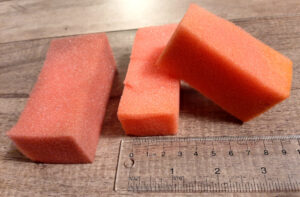
- Optional: covering your table with newspapers or a plastic tablecloth to prevent staining.
- Tip: After painting, the cut sponges can be rinsed clean and used again the next time you paint.
Time to Play:
- Invite your child to sit at the table. Put a piece of paper in front of them and another piece of paper in front of you.
- Demonstrate how to dip the sponge into the paint, then press it onto your paper.
- Encourage your child to have fun painting.
Let’s Sing
The Colour I’m Seeing
Adapt this song by Amy Essen to whichever colour you are learning about.
Let’s Read

Colin Collects Colors
By: Jess McGeachin
Let’s Sing
Christian Song
Who Did Swallow Jonah?
Let’s Read
Bible Story
Jonah
Jonah 1:1-3:10
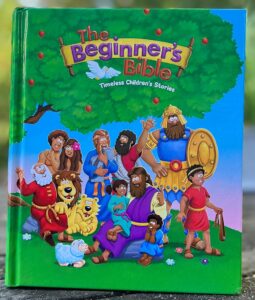
Beginner’s Bible Chapter:
Jonah and the Big Fish
Page 257

